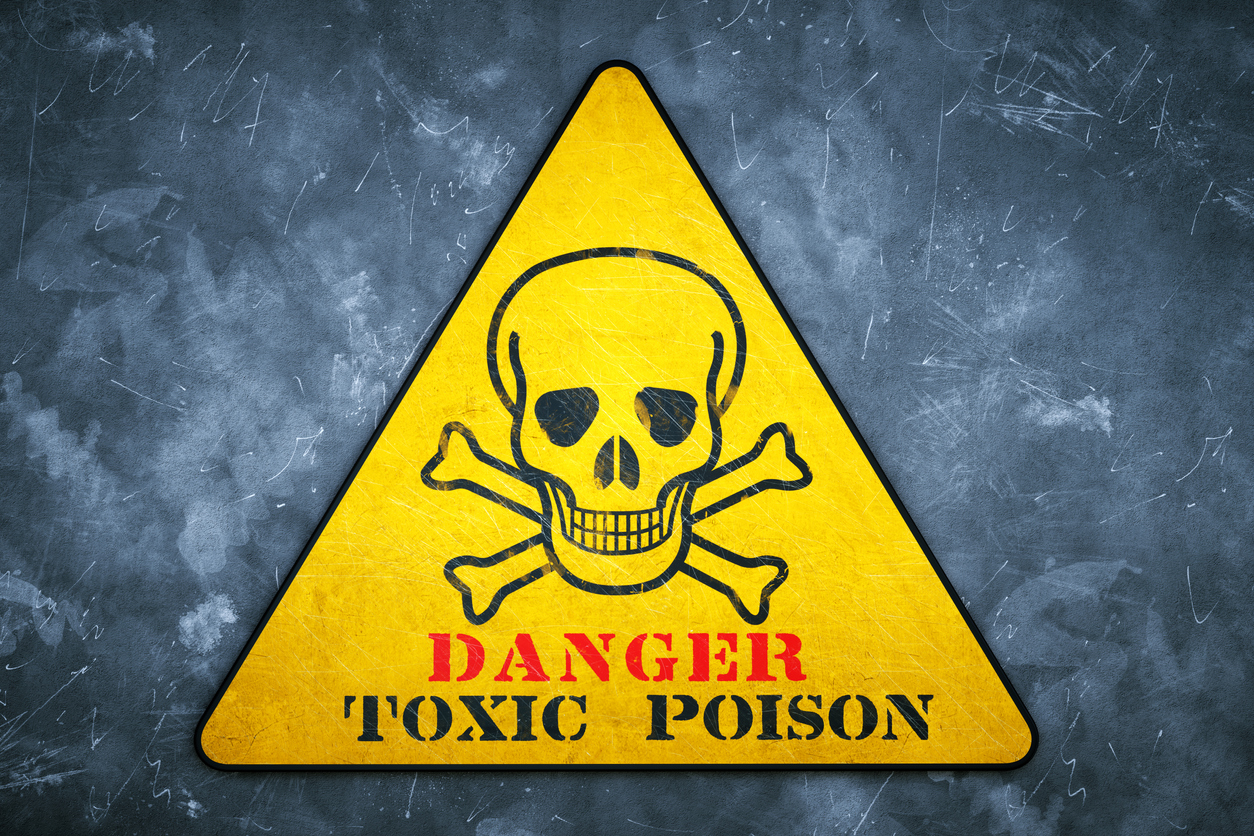Based on the longstanding knowledge that diethylene glycol (DEG) and ethylene glycol (EG) are dangerous at levels that may exceed USP‑NF limits and because of the recent misadventures and deaths resulting from these incidents, the FDA has revised a 2007 guidance to provide further recommendations regarding the identification and quantification of these contaminants in drug products and in high‑risk components. The newly revised guidance, titled Testing of Glycerin, Propylene Glycol, Maltitol Solution, Hydrogenated Starch Hydrolysate, Sorbitol Solution, and other High-Risk Drug Components for Diethylene Glycol and Ethylene Glycol, can be found here.
The FDA provides background on the poisoning cases dating back to the 1937 sulfanilamide incident that lead to the deaths of 107 people, mostly children. It also discuss some of the more recent events that have precipitated interest in further controlling inadvertent DEG and EG contamination (also see Lachman’s previous post here). The FDA considers this to be a serious issue and has taken certain steps to protect patients and consumers with the advice provided in this document.
The FDA identified three common occurrences that explain how and why failures in the firms’ quality control systems are likely to have missed these two contaminants.
- The manufacturers of the liquid drug products that contained contaminated glycerin did not perform full identity testing on the glycerin raw materials, including tests to quantify the amount of DEG present and to verify the purity of the glycerin received.
- The manufacturers of the liquid drug products containing contaminated glycerin relied on the certificates of analysis (COAs) provided by the supplier of the glycerin.
- The origin of the glycerin was not readily apparent from the COA. The COAs obtained by the manufacturers of the liquid drug products were often copies of COAs on the letterhead of the distributor from which they had purchased the glycerin and not the COAs provided by the original manufacturer of the glycerin. The chain of custody or distribution history of the glycerin was also not readily known, often because the glycerin might have been sold multiple times between its manufacture and its use in manufacturing the finished drug products.
The guidance also outlines what type of testing should occur along the supply chain and when the inactive ingredients or final products are received by the QC unit. While cGMP requires testing of each lot of components received, the FDA is recommending a more stringent testing paradigm for high‑risk drug components to “[E]nsure the specific identity analysis for each lot, which includes a limit test for DEG and EG, incorporates testing of samples from all containers of all lots of a high-risk drug component before the high-risk drug component is used in the manufacture or preparation of drug products.”
Please review the contents of the newly revised guidance document and update your policies and procedures to incorporate its recommendations to ensure that you are not caught by surprise when using a high‑risk drug component, as identified in the guidance, and to further protect the public from the tragic occurrences that we have all observed due to firms failing to identify the danger of these contaminants.




